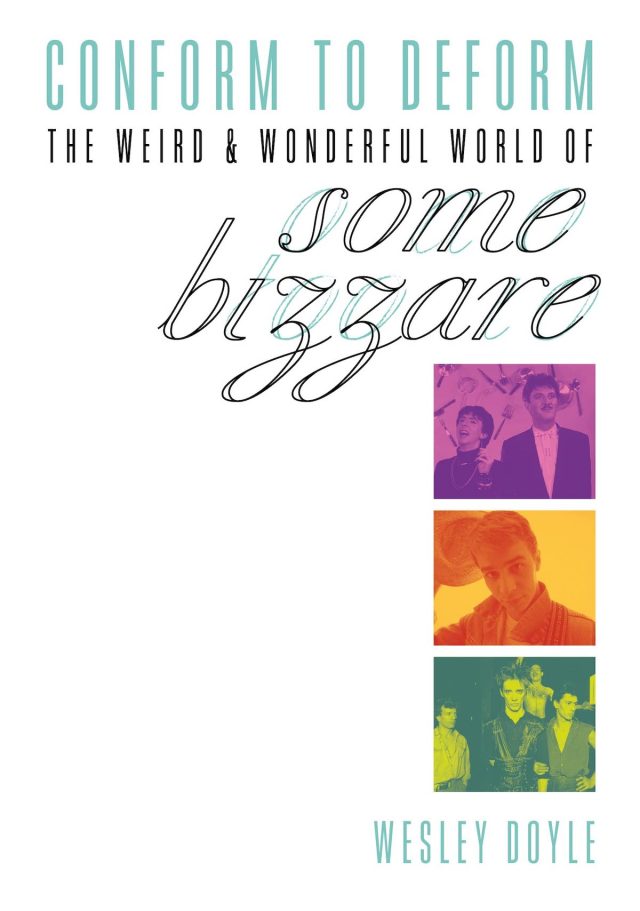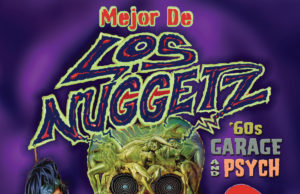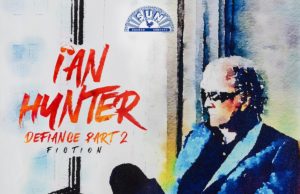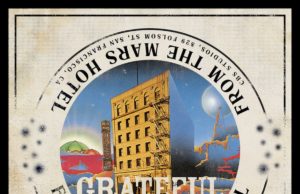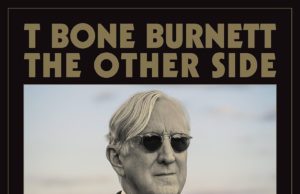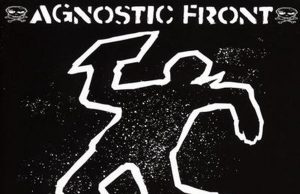A bunch of Bizzare Records, a little Bee Gees, and some deep dives into Florida guitar greats and Missouri fiddlers. That’s all she wrote for next week. Whoever she is. Read all about ’em:
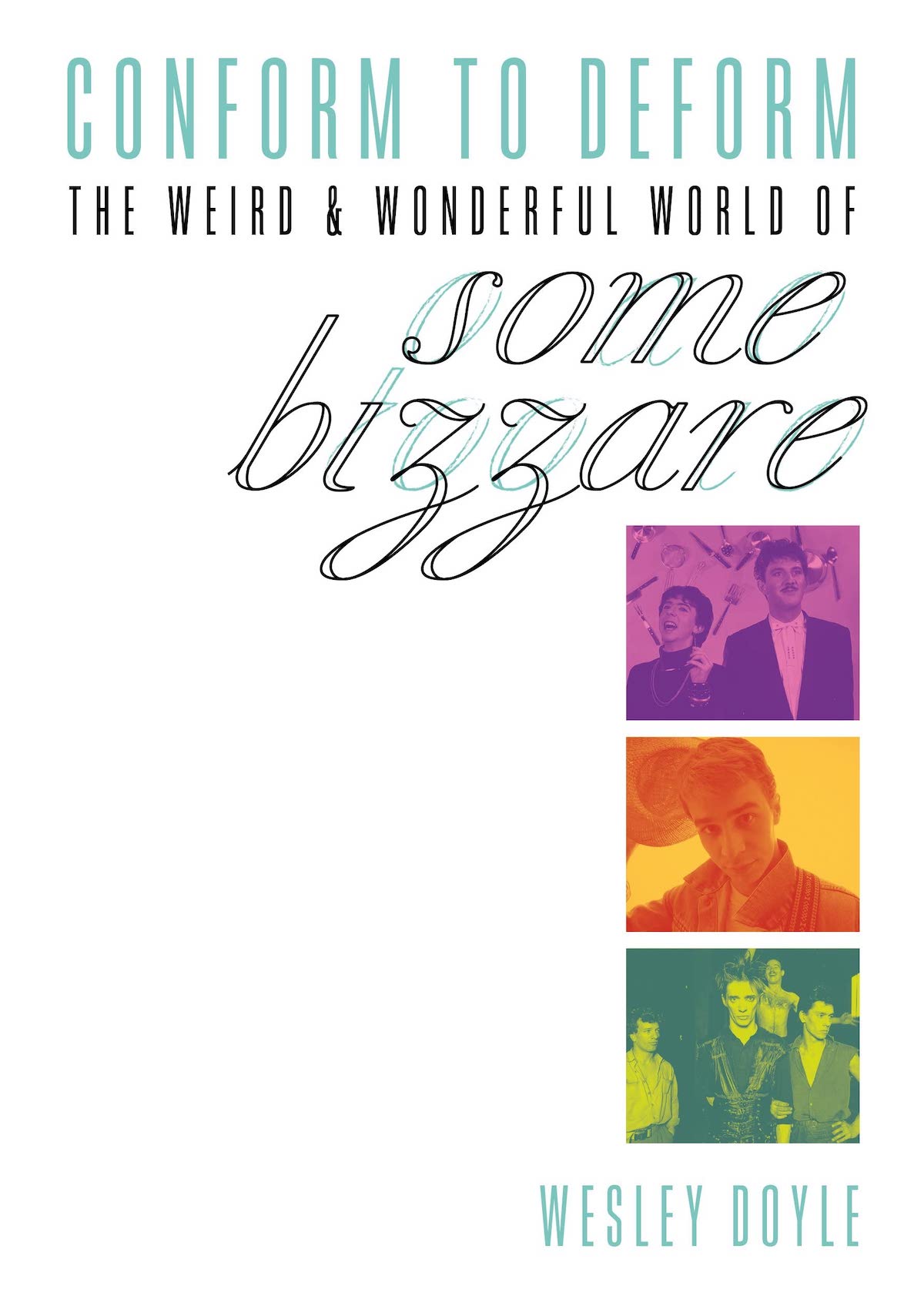 Conform To Deform: The Weird & Wonderful World Of Some Bizzare
Conform To Deform: The Weird & Wonderful World Of Some Bizzare
By Wesley Doyle
THE EDITED PRESS RELEASE: “The rise and fall of Some Bizzare — the label that introduced the world to Soft Cell, Depeche Mode and The The — is the great untold story of alternative music. Along with Factory, Mute and Creation, Some Bizzare was the vanguard of outsider music in the 1980s. The label’s debut release reads like a who’s who of electronic music, featuring early tracks from Soft Cell, Depeche Mode, Blancmange, and The The, while over the next decade its roster would include artists such as Marc Almond, Cabaret Voltaire, Einstürzende Neubauten, Foetus, Swans, Coil and Psychic TV. For a time, Some Bizzare was the most exciting independent record label in the world, but the music is only half of the story. Self-styled label boss Stevo Pearce’s unconventional dealings with the industry are legendary. Sometimes they were playful (sending teddy bears to meetings in his place), other times less so (he and Marc Almond destroyed offices at Phonogram and terrorised staff). Despite this, he was a force to be reckoned with. His preternatural ability to spot talent meant his label was responsible for releasing some of the decade’s most forward-thinking, transgressive, and influential music. The Some Bizzare story spans the globe: From ecstasy parties in early ’80s New York to video shoots in the Peruvian jungle, from events in disused tube stations to seedy sex shows in Soho. There were million-selling singles, run-ins with the vice squad, death threats, meltdowns, and, of course, sex dwarves. For a time, Stevo had the music industry in the palm of his hands, only for it all to slip through his fingers. But he and Some Bizzare left a legacy of incredible music that still has an influence and impact today.”
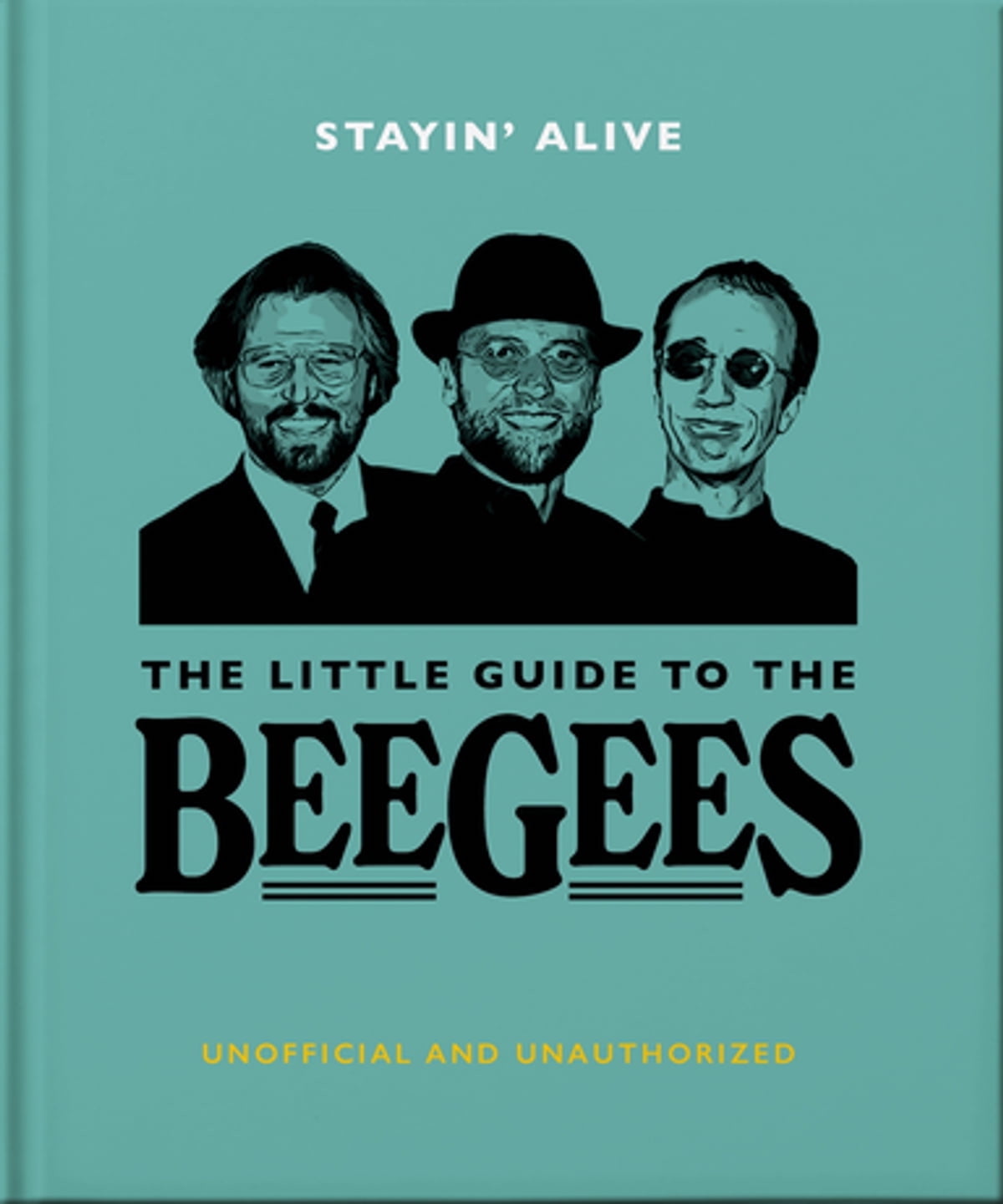 Stayin’ Alive: The Little Guide to The Bee Gees
Stayin’ Alive: The Little Guide to The Bee Gees
By Orange Hippo!
THE EDITED PRESS RELEASE: “Half a century after three teenage brothers decided to give a career in music a go, The Bee Gees are among the most successful and enduring names in popular music history. Trailblazing their way across pop music since the 1960s, Barry, Robin and Maurice Gibb have made timeless songs like Stayin’ Alive, How Deep is Your Love, To Love Somebody, and I Started A Joke. Filled with staggering highs — especially as they became the definitive band of the disco era — The Little Guide To The Bee Gees is packed with quotes perfect for the music-lover in your life and just might help you stay alive.”
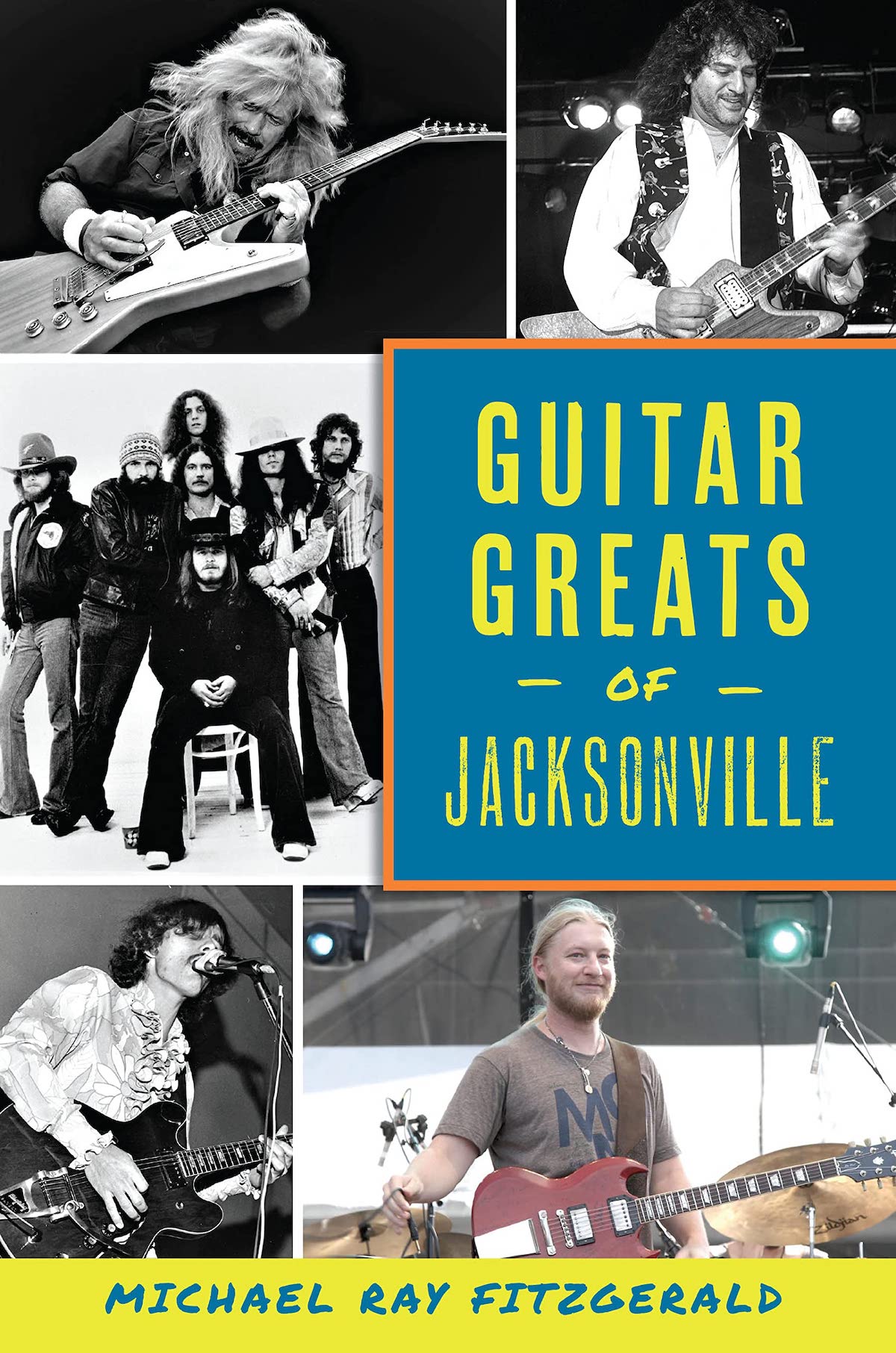 Guitar Greats of Jacksonville
Guitar Greats of Jacksonville
By Michael Ray FitzGerald
THE EDITED PRESS RELEASE: “In the 1960s, the electric guitar became for boys what Barbie was for girls. Legions of bands formed, composed of teens making a ruckus in the garage. But who could have guessed how many world-renowned greats would arise from the clangor? Guitar gods came forth from Los Angeles, London, Chicago, Nashville. But there is a southern city often overlooked, an unlikely incubator that produced more than a dozen greats. Legends such as Dickey Betts, Dave Hlubek, Duane Allman, Jeff Carlisi, Mike Campbell and Derek Trucks emerged from Jacksonville, a far-flung city detached from the music hubs. Why did Jacksonville give rise to so many greats? Author Michael Ray FitzGerald explores the origins of this rocking story while paying tribute to the youngsters from Jax who joined the ranks of the guitar gods.”
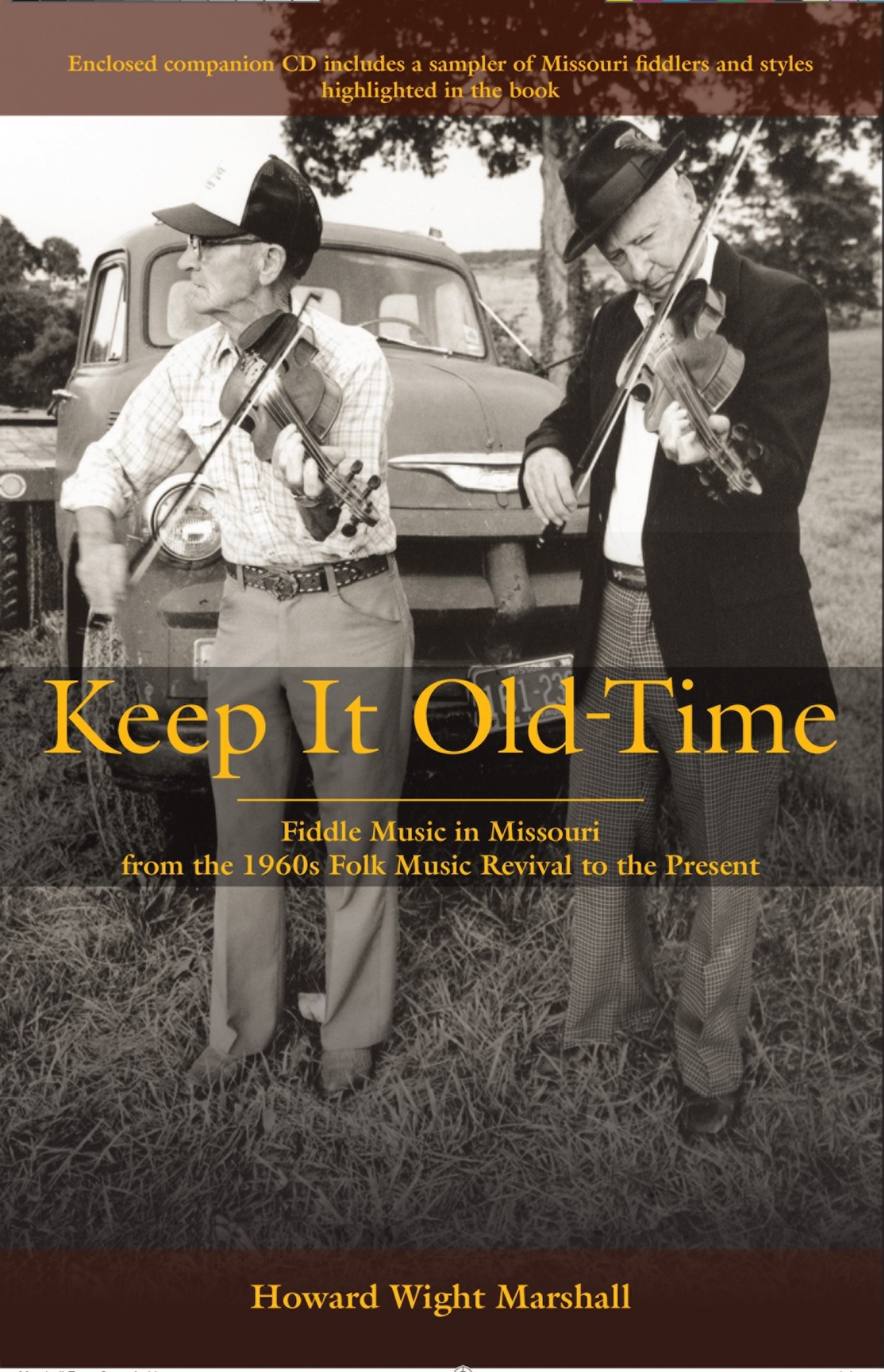 Keep It Old-Time: Fiddle Music in Missouri from the 1960s Folk Music Revival to the Present
Keep It Old-Time: Fiddle Music in Missouri from the 1960s Folk Music Revival to the Present
By Howard Wight Marshall
THE EDITED PRESS RELEASE: “Together with Play Me Something Quick and Devilish (2013) and Fiddler’s Dream (2017), this third volume on Missouri fiddling represents a lifelong fascination with the world of music. As in the previous two volumes, Howard Marshall seeks out the people, stories, and communities that make informal, traditional music for their own enjoyment, particularly folk-singing, bluegrass, old-time fiddling, and jazz. Play Me Something Quick and Devilish addressed what we know of fiddle and dance music from the early French settlements in the mid-1700s colonial period into the World War I era and the Jazz Age. Fiddler’s Dream recounted the 1920s and moved through the Great Depression and World War II years and stopped in the 1960s. Keep It Old-Time picks up the saga in the complicated 1960s and winds down in the early 21st century. Along the way, Marshall presents historical and documentary discussions of music interwoven with ample quotes from musicians and, at certain points, his own personal reflections and experiences in the music scene. Some of the topics featured in this volume are the folk music revival of the 1960s, the emergence of folk and bluegrass festivals, the continuation of fiddle contests, the evolving education of musicians, and many profiles of musicians, famous both locally and nationally. Oral history, archival photographs, and transcriptions of selected fiddle tunes complement the text, as does the companion CD of selected songs.”
















